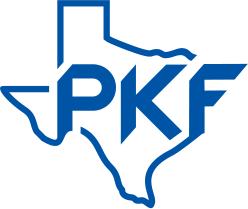Not-for-profit organizations receive more than simple cash donations. Your support also likely comes in the form of gifts in kind and donated services. But even when such gifts are welcome, it can be challenging to determine how to recognize and assign a value to them for financial reporting purposes.
Recording gifts in kind
Gifts in kind generally are pieces of tangible property or property rights. They may take many forms, including:
- Free or discounted use of facilities,
- Free advertising,
- Collections, such as artwork to display, and
- Office furniture or supplies.
To record gifts in kind, determine whether the item can be used to carry out your mission or sold to fund operations. In other words, does it have a value to your nonprofit? If so, it should be recorded as a donation and a related receivable once it’s unconditionally pledged to your organization.
To value the gift, assess its fair value — or what your organization would pay to buy it from an unrelated third party. In many cases, it’s easy to assign a fair value to property, but when the gift is a collection or something that doesn’t otherwise have a readily determinable market value, its fair value is more difficult to assign. For smaller gifts, you may need to rely on a good faith estimate from the donor. But if the value is more than $5,000, the donor must obtain an independent appraisal for tax purposes, which will give you documentation for your records.
Recognizing donated services
The fair value of a donated service should be recognized if it meets one of two criteria:
- The service creates or enhances a nonfinancial asset. Such services are capitalized at fair value on the date of the donation. These types of services either create a nonfinancial asset (in other words, a tangible asset) or add value to an asset that already exists.
- The service requires specialized skills, is provided by persons with those skills and would have been purchased if it hadn’t been donated. These services are accounted for by recording contribution income for the fair value of the service provided. You also must record it as a related expense, in the same amount, for the professional service provided.
Beyond the basics
These are only basic guidelines to recognizing and valuing gifts in kind and donated services. For more comprehensive information about handling these gifts, contact us.
